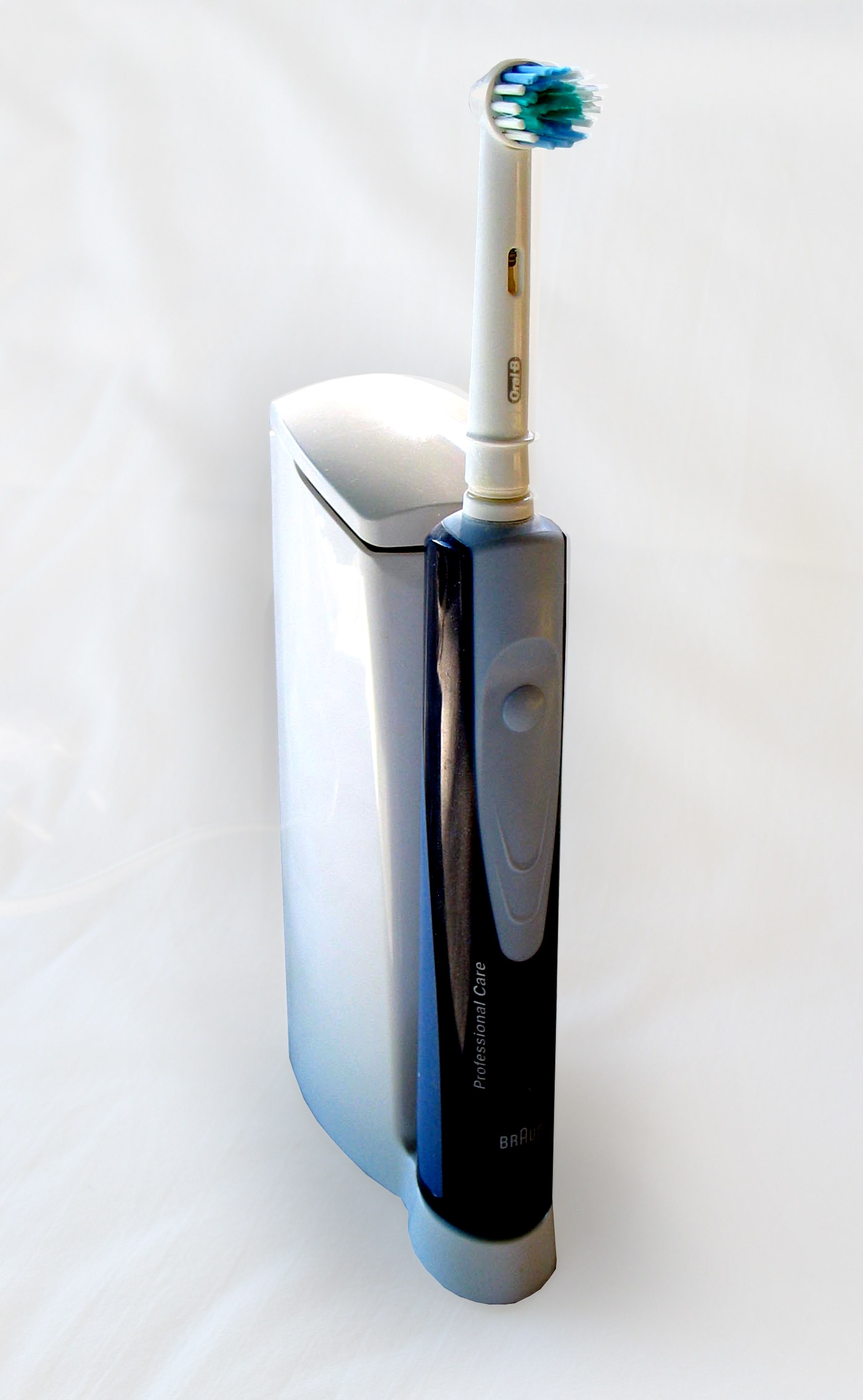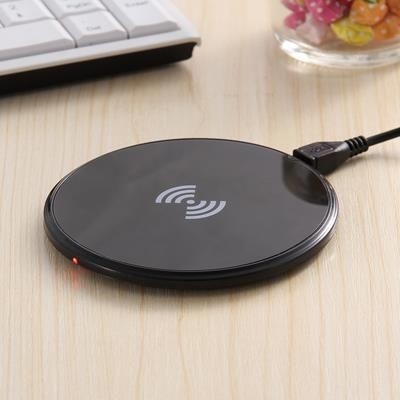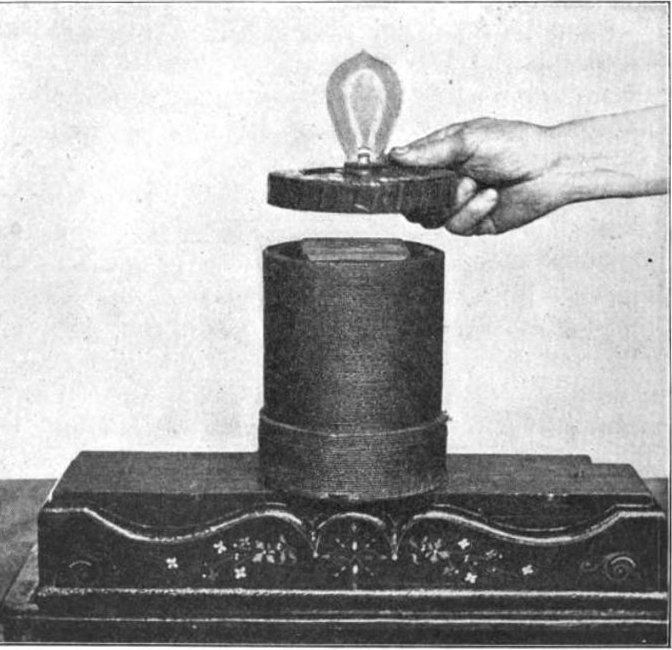
 Wireless Charging is an amazing phenomenon simply on the basis that the execution of this technology has been around for a while now in many of our houses; we just never questioned it before. Electric toothbrushes have been using inductive charging for quite a long time, but because of low efficiency rates, it was limited to these bathroom appliances due to the fact that nobody really cared if it took an excessive amount of time to charge their electric toothbrush. Over the last decade or so the technology started gaining traction, more research was being done in this area and it was introduced in more and more devices. Exactly ten years ago the Wireless Power Consortium was established and they introduced the QI standard for wireless charging.
Wireless Charging is an amazing phenomenon simply on the basis that the execution of this technology has been around for a while now in many of our houses; we just never questioned it before. Electric toothbrushes have been using inductive charging for quite a long time, but because of low efficiency rates, it was limited to these bathroom appliances due to the fact that nobody really cared if it took an excessive amount of time to charge their electric toothbrush. Over the last decade or so the technology started gaining traction, more research was being done in this area and it was introduced in more and more devices. Exactly ten years ago the Wireless Power Consortium was established and they introduced the QI standard for wireless charging.
 The introduction of a standard was a key boost the technology needed to start gaining mainstream traction, and we started seeing it appear in a variety of products on the consumer electronics market, especially in smartphones. Fast forward to 2017 and some of the largest smartphone manufacturers are already using QI standard wireless charging and have been for a couple of years, but the key shift to mainstream comes through the introduction of wireless charging in the Apple iPhone devices. You can think what you like about Apple, love them or not, they know mobile peripherals and since the inclusion of wireless charging on the iPhone we have seen this technology take off not only in the consumer market, but in the world of promotional products also.
The introduction of a standard was a key boost the technology needed to start gaining mainstream traction, and we started seeing it appear in a variety of products on the consumer electronics market, especially in smartphones. Fast forward to 2017 and some of the largest smartphone manufacturers are already using QI standard wireless charging and have been for a couple of years, but the key shift to mainstream comes through the introduction of wireless charging in the Apple iPhone devices. You can think what you like about Apple, love them or not, they know mobile peripherals and since the inclusion of wireless charging on the iPhone we have seen this technology take off not only in the consumer market, but in the world of promotional products also.
 But what is Wireless Charging? To get a full idea we need to go all the way back to 1891 where Nikola Tesla demonstrated that he could power an electric lamp without wires. Modern wireless power utilises the same principles Tesla did all those years ago, through the use of electromagnetic induction. To simplify how wireless charging works all you really need to understand is there are two main devices involved in the process, a ‘transmitter’ (wireless charging pads), and a ‘receiver’ (smart device with wireless charging technology). The ‘transmitter’ device is constantly outputting a harmless electromagnetic transmission (when switched on) searching for a ‘receiver’ device. When the ‘receiver’ device enters this field the devices interact with each other and a concentrated current is transmitted from ‘transmitter’ to ‘receiver’ and thus the charging process begins.
But what is Wireless Charging? To get a full idea we need to go all the way back to 1891 where Nikola Tesla demonstrated that he could power an electric lamp without wires. Modern wireless power utilises the same principles Tesla did all those years ago, through the use of electromagnetic induction. To simplify how wireless charging works all you really need to understand is there are two main devices involved in the process, a ‘transmitter’ (wireless charging pads), and a ‘receiver’ (smart device with wireless charging technology). The ‘transmitter’ device is constantly outputting a harmless electromagnetic transmission (when switched on) searching for a ‘receiver’ device. When the ‘receiver’ device enters this field the devices interact with each other and a concentrated current is transmitted from ‘transmitter’ to ‘receiver’ and thus the charging process begins.
Like I said earlier we are seeing an influx in the promotional products industry of requests for wireless charging devices, and why not, they are new, topical, make for a great gadget and they have a fantastic branding surface. Our warning to those who have been offered ‘affordable’ options please check with your supplier whether these products are QI certified. QI certification does slightly increase the price in a product, but at the end of the day that slight increase in cost, is much less that the price you will pay ultimately if a non-compliant device malfunctions.